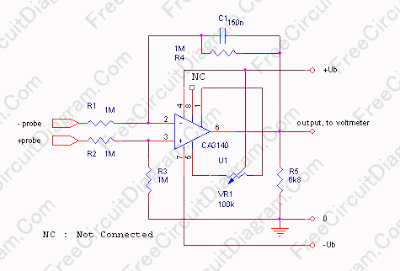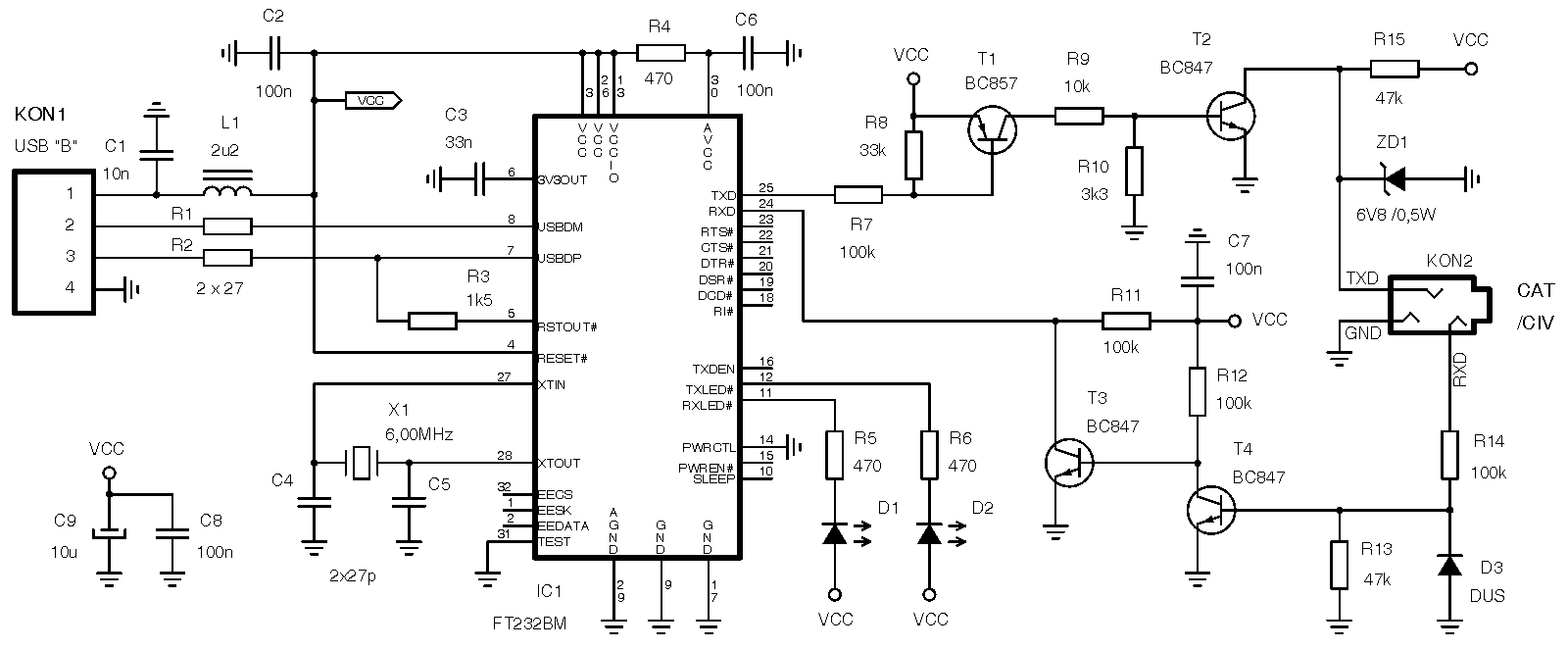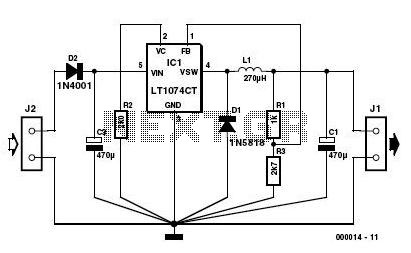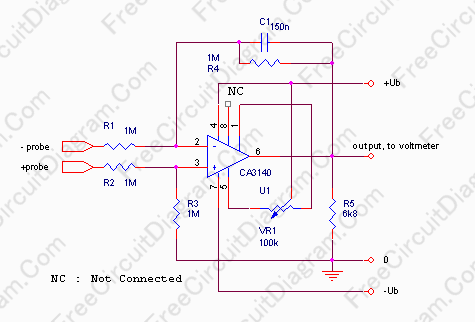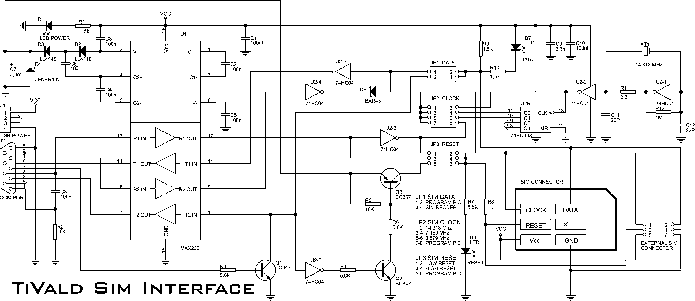
Travellers shaver adapter
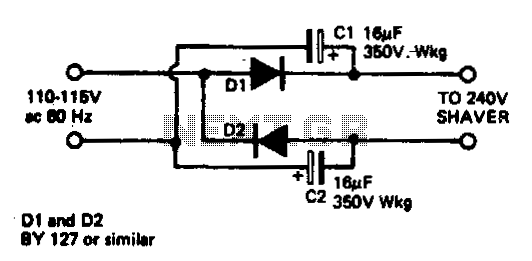
Many countries have 115 volts mains supplies. This can be a problem if your electric shaver is designed for 220/240 volts only. This simple rectifier voltage doubler enables motor-driven 240-volt shavers to be operated at full speed from a 115-volt supply. As the output voltage is DC, the circuit can only be used to drive small AC/DC motors. It cannot be used, for example, to operate vibrator-type shavers or radios unless the latter are AC/DC operated.
This circuit utilizes a rectifier voltage doubler configuration to convert a 115-volt AC supply into a higher DC voltage suitable for operating devices designed for 220/240 volts. The primary components involved in the circuit include a transformer, diodes, and capacitors.
The transformer steps up the voltage from the mains supply, while the diodes rectify the AC voltage into DC. Typically, two diodes are arranged in a configuration that allows for voltage doubling; this is often achieved using a full-wave rectifier setup. The output from this configuration will yield a higher DC voltage that can power small AC/DC motors, such as those found in electric shavers.
Capacitors are used to smooth out the rectified voltage, ensuring that the output is stable and suitable for powering sensitive electronic devices. However, it is important to note that this circuit is not suitable for devices that require a pure AC signal, such as vibrator-type shavers or standard radios, unless they are specifically designed to operate with both AC and DC inputs.
In summary, this rectifier voltage doubler circuit provides a practical solution for operating 240-volt devices from a 115-volt supply, but it is limited to specific types of loads that can accept the DC output. Proper component selection and circuit design are crucial to ensure functionality and safety when implementing this solution.Many countries have 115 volts mains supplies. This can be a problem if your electric shaver is designed for 220/240 volts only. This simple rectifier voltage doubler enables motor driven 240 volt shavers to be operated at full speed from a 115 volt supply. As the output voltage is dc, the circuit can only be used to drive small ac/dc motors It cannot be used, for example, to operate vibrator-type shavers, or radios unless the latter are ac/dc operated. 🔗 External reference
This circuit utilizes a rectifier voltage doubler configuration to convert a 115-volt AC supply into a higher DC voltage suitable for operating devices designed for 220/240 volts. The primary components involved in the circuit include a transformer, diodes, and capacitors.
The transformer steps up the voltage from the mains supply, while the diodes rectify the AC voltage into DC. Typically, two diodes are arranged in a configuration that allows for voltage doubling; this is often achieved using a full-wave rectifier setup. The output from this configuration will yield a higher DC voltage that can power small AC/DC motors, such as those found in electric shavers.
Capacitors are used to smooth out the rectified voltage, ensuring that the output is stable and suitable for powering sensitive electronic devices. However, it is important to note that this circuit is not suitable for devices that require a pure AC signal, such as vibrator-type shavers or standard radios, unless they are specifically designed to operate with both AC and DC inputs.
In summary, this rectifier voltage doubler circuit provides a practical solution for operating 240-volt devices from a 115-volt supply, but it is limited to specific types of loads that can accept the DC output. Proper component selection and circuit design are crucial to ensure functionality and safety when implementing this solution.Many countries have 115 volts mains supplies. This can be a problem if your electric shaver is designed for 220/240 volts only. This simple rectifier voltage doubler enables motor driven 240 volt shavers to be operated at full speed from a 115 volt supply. As the output voltage is dc, the circuit can only be used to drive small ac/dc motors It cannot be used, for example, to operate vibrator-type shavers, or radios unless the latter are ac/dc operated. 🔗 External reference
